The wild is a place where survival often depends on one’s ability to adapt, and for big cats, camouflage is a critical part of this survival strategy. These magnificent creatures have evolved to blend seamlessly into their environments, allowing them to hunt effectively and avoid becoming prey themselves. In this article, we will explore how big cats use camouflage in the wild, examining both the science behind their adaptations and the practical applications of these skills.
The Science of Camouflage
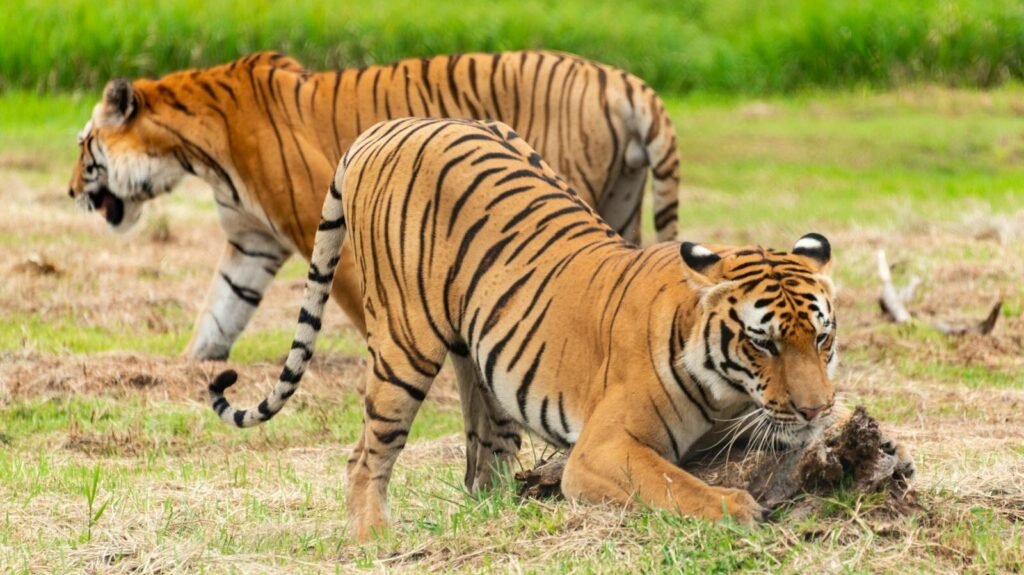
Camouflage is a vital evolutionary trait that allows animals to blend into their surroundings to avoid detection. For big cats, camouflage involves a combination of coloration, patterns, and even behaviors that help them disappear into their habitats. This natural disguise is not just about color; it’s about matching the texture, light, and shape of their environment.
Evolutionary Benefits of Camouflage
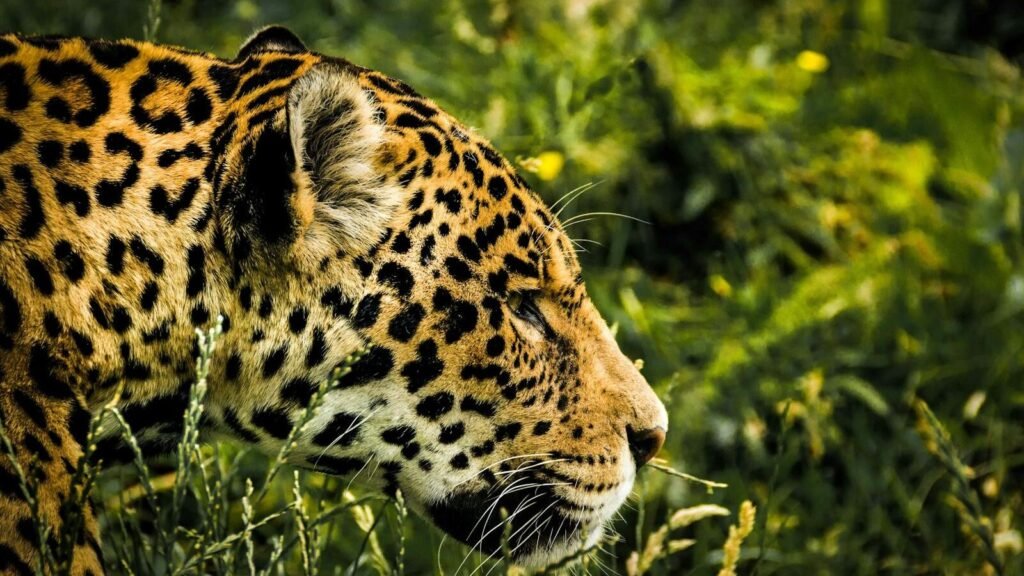
The ability to go unseen offers numerous advantages to big cats. Primarily, it enhances their hunting efficiency by allowing them to approach prey unnoticed. Additionally, camouflage provides protection from potential threats, such as competing predators or humans. This dual advantage places camouflaged big cats in a favorable position within the food chain.
The Role of Patterns and Colors
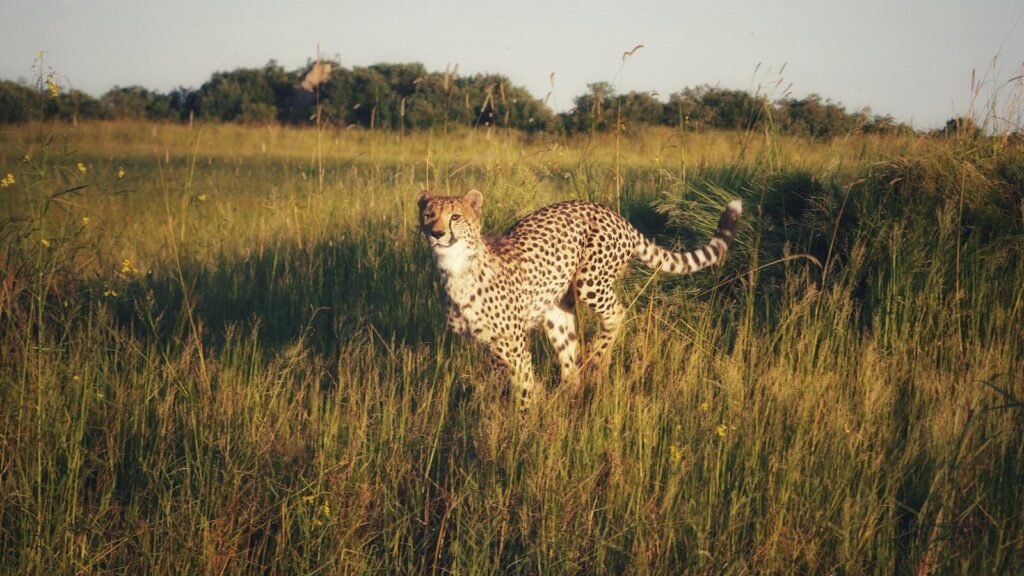
The variety of patterns and colors seen in big cats is not merely aesthetic but functional. Spots, stripes, and shades of color work to disrupt the outline of these animals, making them harder to detect. For instance, the spots on a leopard mimic the dappled sunlight through trees, while the stripes of a tiger help it blend into the tall grasses of the jungle.
Scientific examples
The Tiger’s Stripes

Tigers, one of the most famous examples of camouflaged big cats, have vertical stripes that help them merge with the vertical lines of the forest. This pattern is excellent for stealth, enabling tigers to stalk their prey until they are close enough to strike efficiently.
The Leopard’s Spots
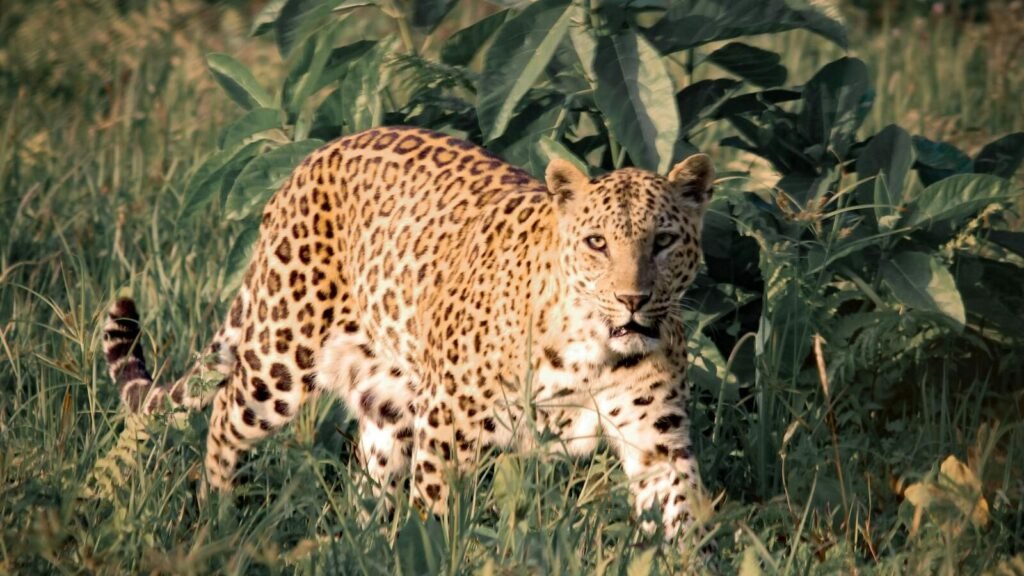
Leopards exhibit a unique pattern of rosettes that serve as effective camouflage in their forest and bushland habitats. These spots can mimic the play of light and shadow, allowing leopards to disappear among foliage. This stealthy advantage is vital for ambushing prey.
Lions and the Power of Subtlety
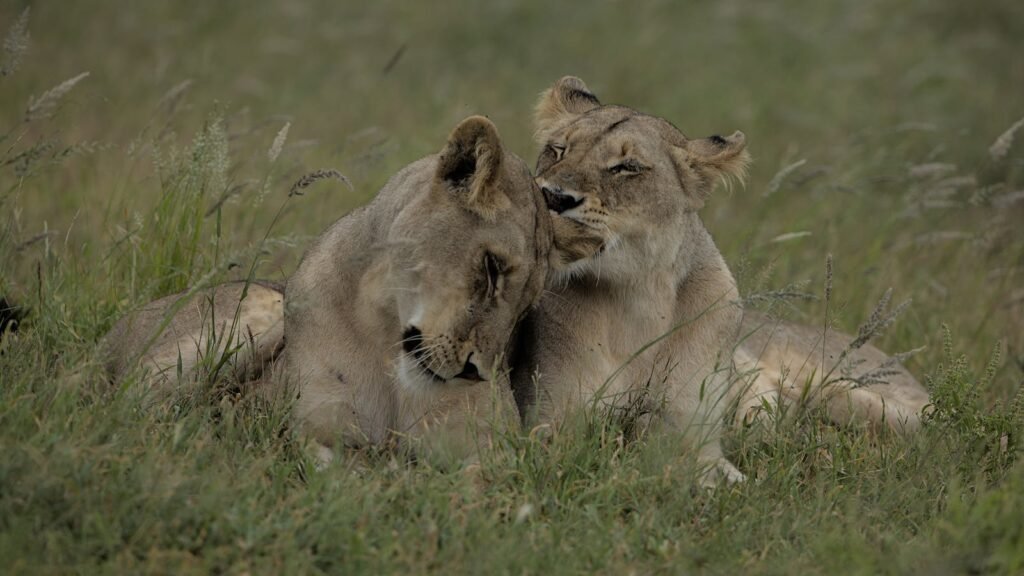
Lions, primarily living in savannahs and grasslands, have a more subdued coloration compared to other big cats. Their tan fur blends with the dry grasses and open plains, which helps them stay hidden from prey despite their size. This subtle camouflage assists lions in approaching prey in open landscapes.
The Snow Leopard’s Ghostly Coat
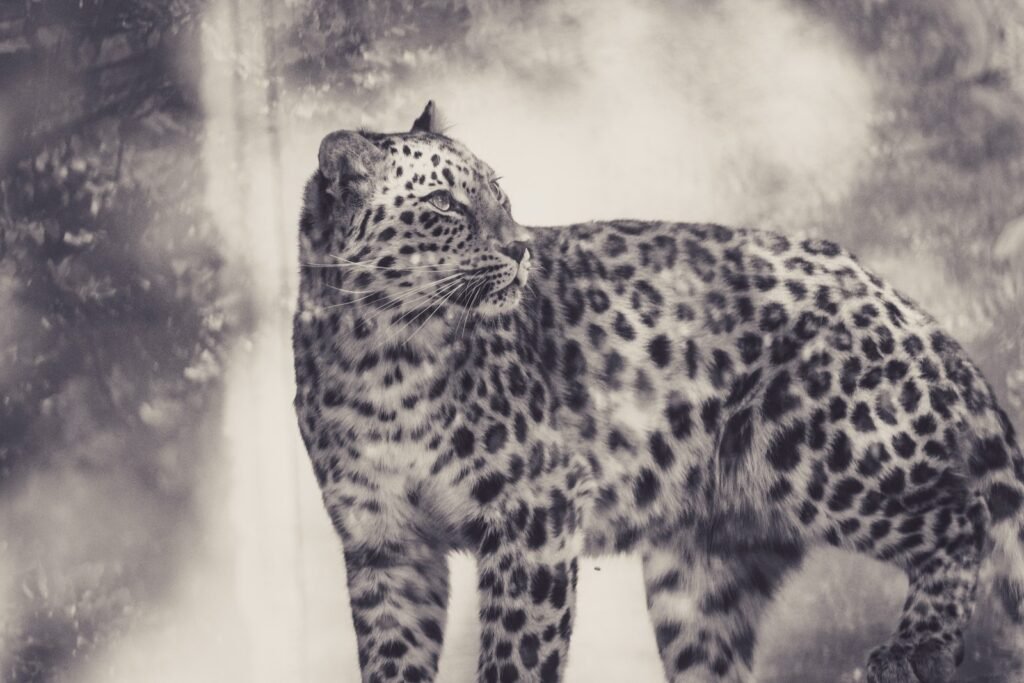
The snow leopard, known as the “ghost of the mountains,” inhabits the rocky, snowy terrains of Central and South Asia. Its light grey coat with black rosettes and spots provides perfect camouflage against the mountainous backdrop, making it extremely challenging to spot these elusive creatures.
Adapting to Diverse Environments

Big cats have demonstrated a remarkable ability to adapt their camouflage strategies to various habitats. From the dense Amazonian rainforest to the rugged Himalayas, each species has developed unique adaptations that suit its particular environment, showcasing the diversity and flexibility of nature’s design.
The Impact of Camouflage on Hunting Success
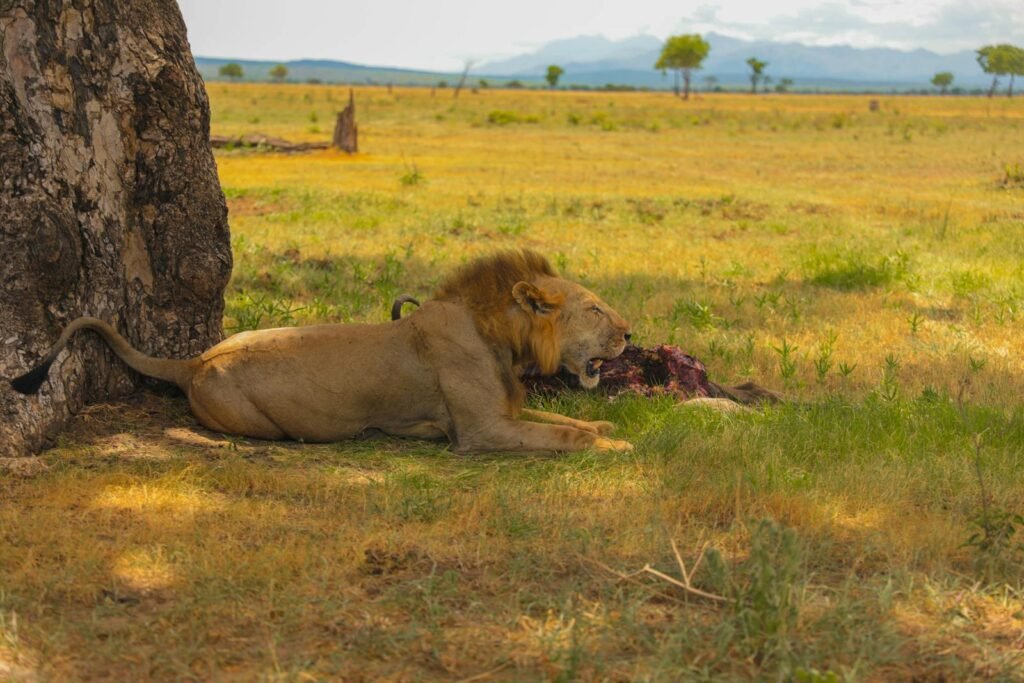
Camouflage directly influences a big cat’s hunting success rate. By reducing visibility, camouflage allows big cats to close in on their prey undetected. This stealth is crucial as the closer a predator can get to its prey, the higher the chance of a successful hunt. It’s a do-or-die situation where the element of surprise is a key factor.
Conservation Implications
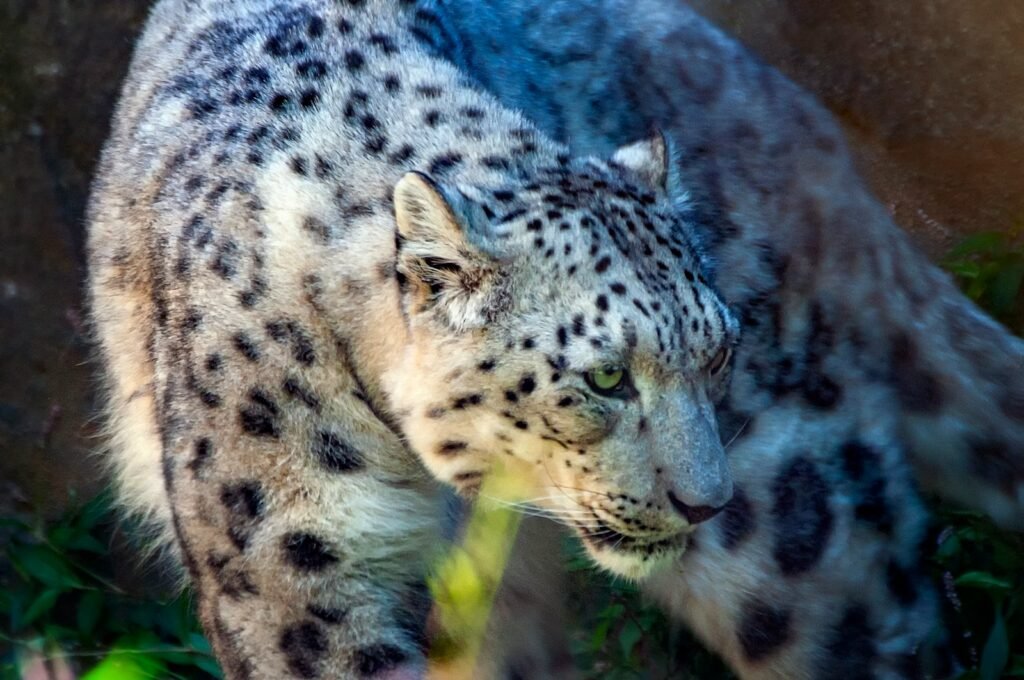
Understanding the importance of camouflage for big cats also highlights the need for habitat conservation. As human development encroaches on natural habitats, it disrupts the environments these animals rely on for their camouflage. Conservation efforts must prioritize maintaining the natural landscapes that big cats call home to ensure their survival.
The Art of Disappearing

Camouflage is an art perfected by big cats over millennia, a silent yet powerful tool for survival in the wild. These adaptations illustrate the incredible ingenuity of nature, where the interplay of vision and invisibility is a matter of life and death. By understanding and preserving the habitats that facilitate this natural wonder, we can help ensure that these majestic creatures continue to roam the wild unseen and untouched.

Growing up traveling and experiencing new cultures and wonders, I have had a passion for nature, adventuring, photography, and videography. I am currently working towards a BSc in Biodiversity and Ecology at Stellenbosch University, and I hope to specialise in Marine Sciences one day.
Please send any feedback to Feedback@animalsaroundtheglobe.com





